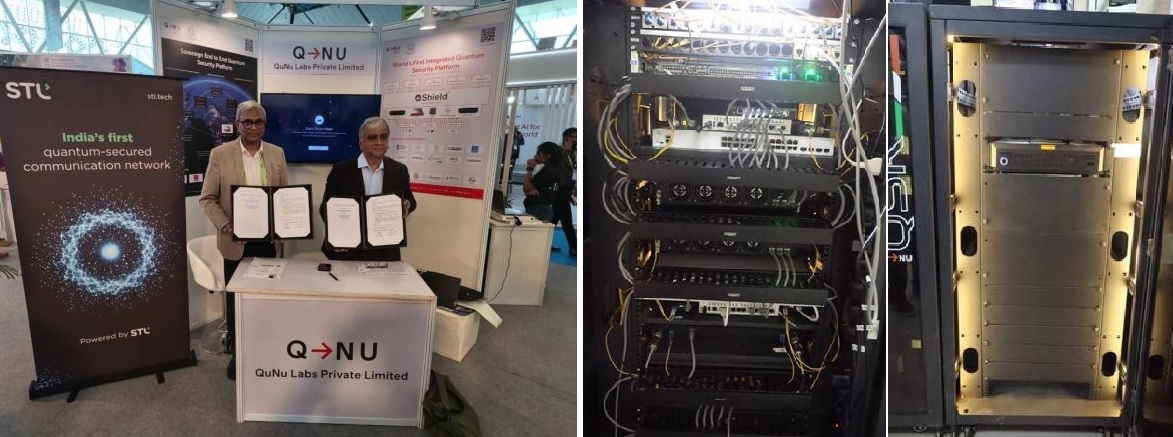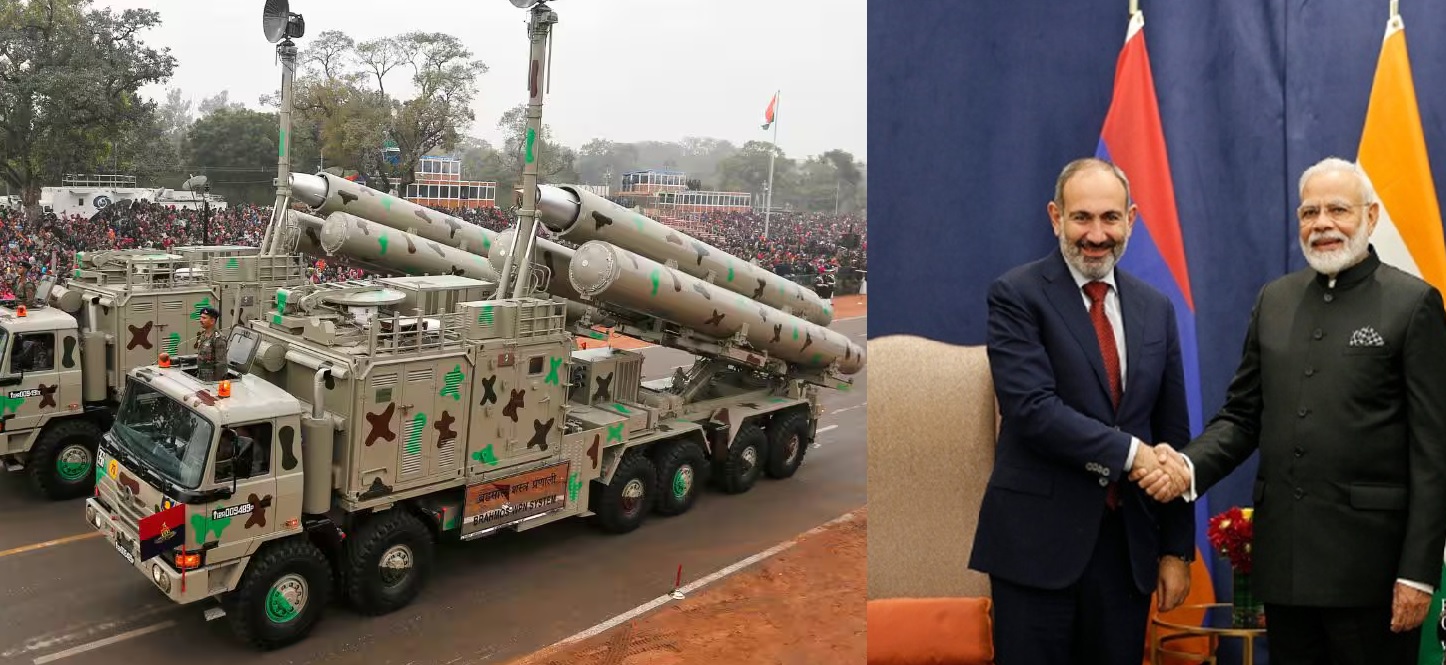Indian Army and QNu Labs Demonstrate Nation’s First 500 km Quantum-Secure Communication Network

Bengaluru-based quantum technology firm QNu Labs has achieved a major milestone in India’s cybersecurity and defense communication efforts. In collaboration with the Indian Army, the company has successfully demonstrated the country’s first extensive Quantum Key Distribution (QKD) network, reportedly spanning over 500 kilometers. This marks a turning point in India’s transition toward quantum-secure communications — a technology expected to redefine the future of encryption and digital defense.
Building India’s Quantum-Safe Backbone
Founded in 2016 and incubated at IIT Madras, QNu Labs has emerged as India’s foremost developer of indigenous quantum cryptography and secure communication technologies. The company’s core mission is to protect data privacy in the emerging quantum era, where classical encryption could soon be vulnerable to decryption by advanced quantum computers.
QNu Labs’ innovation stack includes products such as “Armos”, a Quantum Key Distribution (QKD) system; “Tropos”, a Quantum Random Number Generator (QRNG); and “QShield”, an integrated platform combining QKD with post-quantum cryptography (PQC). Together, these systems create unbreakable cryptographic foundations — even against future quantum computer-based cyberattacks.
In recent years, QNu Labs has received support from India’s National Quantum Mission (NQM) and defense innovation programs like iDEX, with an emphasis on developing fully indigenous solutions that reduce reliance on foreign technology.
Demonstration of a 500 km Quantum-Secure Network
According to defense officials and industry sources, QNu Labs and the Indian Army recently demonstrated an end-to-end QKD network spanning more than 500 km, connecting multiple nodes across optical fiber infrastructure. The network enables real-time key exchange using quantum physics principles, ensuring that any attempt to intercept communication would instantly be detected due to quantum state disturbance.
While earlier demonstrations between 2022 and 2024 had achieved 150–200 km secure links, this extended deployment represents India’s largest and most advanced quantum communication experiment to date.
The system operates on a trusted-node architecture, linking quantum devices over long distances through intermediary nodes — each performing independent key generation and verification. It forms the basis for what defense planners envision as India’s national quantum communication grid, connecting command posts, radar stations, and data centers via tamper-proof optical links.
How Quantum Key Distribution Works
Unlike classical encryption systems that depend on mathematical algorithms, QKD secures communication using the laws of quantum mechanics. Encryption keys are transmitted as quantum particles — typically single photons — whose states cannot be measured or copied without altering them.
If an adversary attempts to intercept or measure the photons, the system immediately detects an anomaly in the quantum state, alerting both ends of potential eavesdropping. This property, known as the quantum no-cloning theorem, makes QKD the only form of key exchange proven to be “unconditionally secure” under the laws of physics.
However, implementing QKD across long distances is technically challenging. Photon loss, signal noise, and fiber attenuation limit range, typically to under 200 km per link. Achieving reliable transmission across 500 km indicates that QNu Labs has advanced its optical and node-switching systems to world-class levels, comparable to recent achievements by China’s and Europe’s quantum networks.
Strategic Importance for Indian Defense
For the Indian Army, this demonstration is more than a technological milestone — it’s a strategic capability. Quantum-secure communication ensures that even if adversaries intercept military data, decryption becomes physically impossible.
As India modernizes its defense communication infrastructure, quantum encryption can protect sensitive networks such as:
-
Command and control systems between headquarters and forward units.
-
Satellite communication uplinks and radar data channels.
-
Inter-service coordination among Army, Navy, and Air Force networks.
The 500 km demonstration serves as a foundation for an envisioned nationwide quantum communication grid, eventually linking major military installations, space centers, and intelligence hubs.
Officials familiar with the trials said the QKD system was tested over existing fiber routes under field conditions, confirming stable performance under environmental stress, signal interference, and long-distance loss.
QNu Labs: India’s Quantum Vanguard
QNu Labs’ success also underscores India’s growing self-reliance in critical quantum technologies. By producing both hardware and software domestically, it eliminates dependence on foreign cryptographic components — a major vulnerability in military systems.
The company’s technologies have already been integrated into government and enterprise pilot networks, with plans to expand across sectors such as banking, defense, and national infrastructure. Future development will likely focus on satellite-based QKD, allowing secure links between continents and naval assets — a capability already demonstrated by China’s “Micius” satellite.
QNu Labs is also working with research partners to develop quantum repeaters that can extend secure transmission beyond 1,000 km, a key step toward building India’s Quantum Internet.
A Quantum Leap for India
The demonstration of India’s first extensive QKD network — reportedly over 500 km — marks the beginning of a new era in national cybersecurity. It not only highlights India’s progress in quantum science but also reflects a shift in defense priorities toward future-proof communication.
In an age where cyber warfare is as critical as kinetic conflict, the ability to exchange information without the risk of interception offers a decisive strategic advantage. With QNu Labs leading this technological frontier, India is positioning itself among the few nations — alongside China, the United States, and members of the European Union — with operational quantum communication infrastructure.
As the country accelerates its National Quantum Mission, the next phase could see secure satellite-fiber hybrid networks, linking command centers, space assets, and defense systems under one quantum-protected umbrella.
✍️ This article is written by the team of The Defense News.






